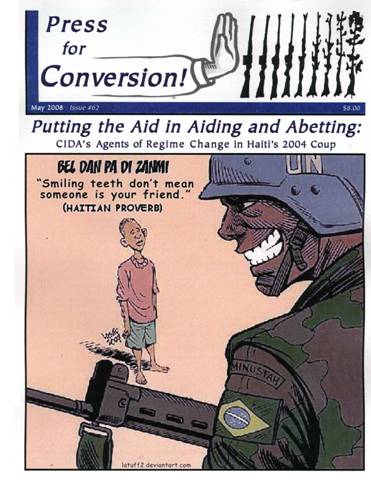Nov 19
20150
Foundations, Imperialist Wars/Occupations, Non-Profit Industrial Complex, Whiteness & Aversive Racism
WATCH | Eritrea: The Danger of a Good Example in Africa
The video is a short segment of a speech delivered by geopolitical analyst Eric Draitser of StopImperialism.org at the 2015 YPFDJ Conference held in Las Vegas, NV on August 22, 2015.
Draitser explains why the Empire demonizes Eritrea, and what the country means both practically and symbolically for Africa and for the Global South.
https://www.youtube.com/watch?v=774Aq6_kzmg&feature=youtu.be










